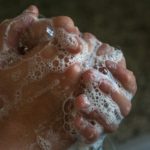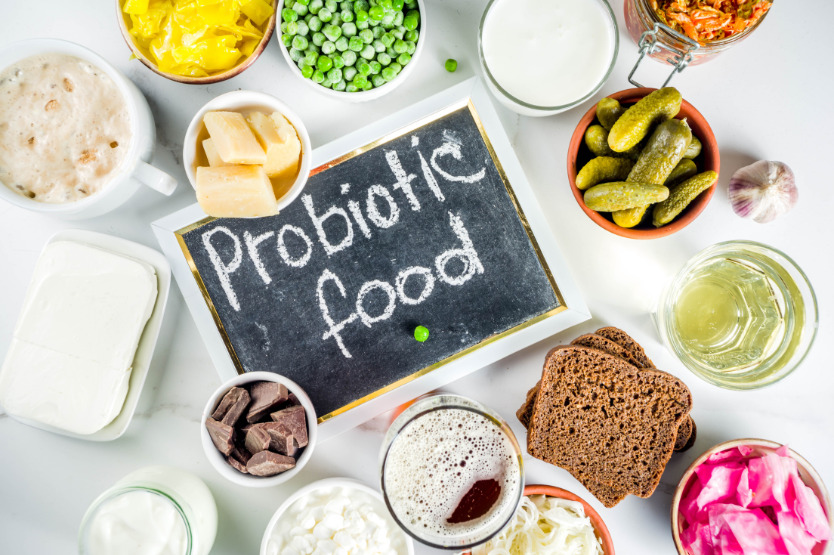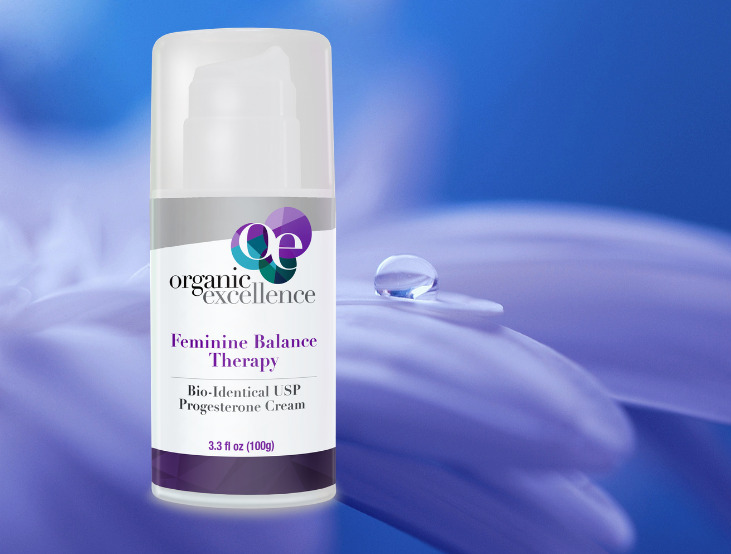Liquid Soap, Harmless or Hazardous?
Not too long ago while visiting a relative’s house, I began to wash my hands with the liquid soap provided in the attractive dispenser. After being taken a back by the strong perfume smell, and I tried to re-wash to remove the overpowering smell to no avail. Finally with the use of some vinegar, I was able to eliminate the strong perfume smell. Next, I found the actual container to determine the ingredient list and was horrified!
Consider how many times per day you are using this to “clean” you hands but in fact you could be adding more toxins to your body and environment. This moment reinforced the need to be vigilant no matter where I am, to read labels and know what I am putting on or in my body. The number of toxic ingredients that are added to something so innocent as a soap product is killing our fish & wildlife and adding hazardous toxins into our body. Below is a list of just a few of the ingredients in this brand of liquid soap along with the toxicity concern courtesy of the Environmental Working Group (ewg.org).
HIGH CONCERN – Can include, but is not limited to: Developmental/reproductive toxicity, Biochemical or cellular level changes, Cancer, Organ system toxicity (non-reproductive) acute aquatic toxicity, skin irritation/allergies/damage, damage to DNA.
- Methylchloroisothiazolinone (5-chloro-2-methyl-4-isothiazolin-3-one), also referred to as MCI, is a preservative with antibacterial and anti-fungal effects within the group of isothiazolinones. It is effective against gram-positive and gram-negative bacteria, yeast, and fungi.
- Methylisothiazolinone, MIT, or MI, (sometimes erroneously called methylisothiazoline), is a powerful synthetic biocide and preservative within the group of isothiazolinones, which is used in numerous personal care products and a wide range of industrial applications.
- DMDM Hydantoin is an antimicrobial formaldehyde releaser preservative with the trade name Glydant. DMDM hydantoin is an organic compound belonging to a class of compounds known as hydantoins.
- Sodium Hydroxide is a strongly alkaline white deliquescent compound used in many industrial processes, e.g., the manufacture of soap and paper.
MODERATE CONCERN – Some potential for hazards to health or the environment. Can include, but not limited to: Irritation (skin, eyes, or lungs), Organ system toxicity (non-reproductive), Use restrictions, Contamination concerns.
- Sodium Lauryl Sulfate (commonly known as SLS) is a widely used and inexpensive chemical found in many mainstream personal hygiene products such as shampoos, toothpastes, mouthwashes, bodywash, soaps, detergents and body wash , along with Sodium Laureth Sulfate (SLES) and Ammonium Laurel Sulfate (ALS).
- Cocamidopropyl Betaine (CAPB) Is a mixture of closely related organic compounds derived from coconut oil and dimethylaminopropylamine. CAPB is available as a viscous pale yellow solution and it is used as a surfactant in personal care products.
- Polyquaternium-7 is a synthetic polymer based on quaternary ammonium compounds.
- Tetrasodium EDTA is a water-soluble ingredient used as a chelating agent in cosmetics and personal care products because of its ability to sequester metal ions and allow them to remain in formulas but lose their ability to react with other ingredients.
- PEG 120 Methyl Glucose Dioleate is the polyethylene glycol ether of the diester of natural Methylglucoseand Oleic Acid. It is used in beauty products and cosmetics as a surfactant and emulsifier. It is used as a thickener in hair and skin care products.
- Poloxamer 124 (P1168) is a surfactant and emulsifying agent… In cosmetic and personal care product formulations, it functions as a surfactant – emulsifying agent and surfactant – solubilizing agent. It can be used in soaps and cleansers. It is soluble in water.
- Benzophenone-4 is a white sweet-smelling crystalline solid used mainly in the manufacture of organic compounds and in perfume.
SOME CONCERN – Can include, but not limited to: skin irritation/allergies/damage, acute aquatic toxicity, nervous system effects, respiratory effects, biodegradation.
- Fragrance (Parfum) a substance, extract, or preparation for diffusing or imparting an agreeable or attractive smell.
This is just one example of a typical household product. Despite the known dangers associated with many of the ingredients in personal care products and cleaning products, some manufacturers continue to use them. Many household products carry health risks for not only you, but also your children, pets, wildlife or the environment. Reading labels can go a long way in helping protect your family.

















